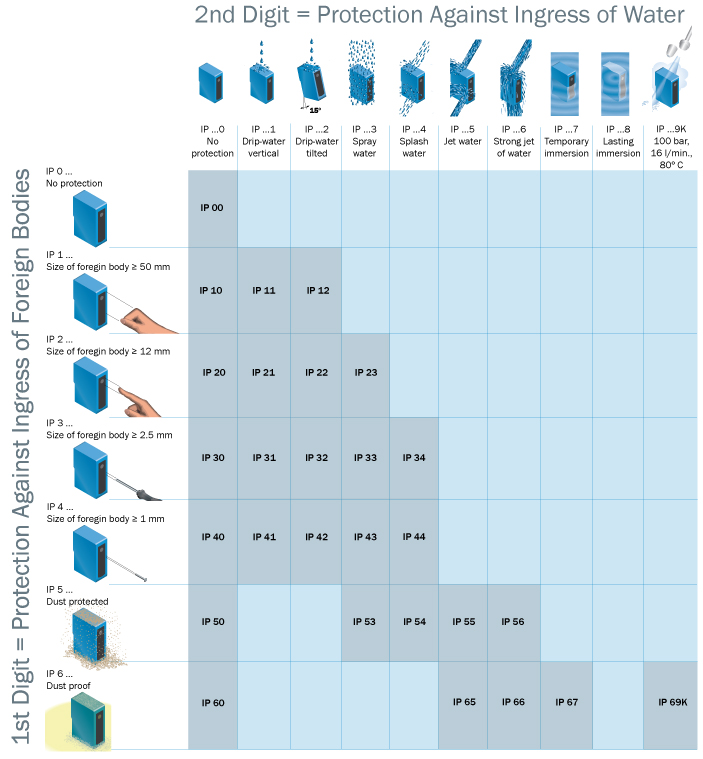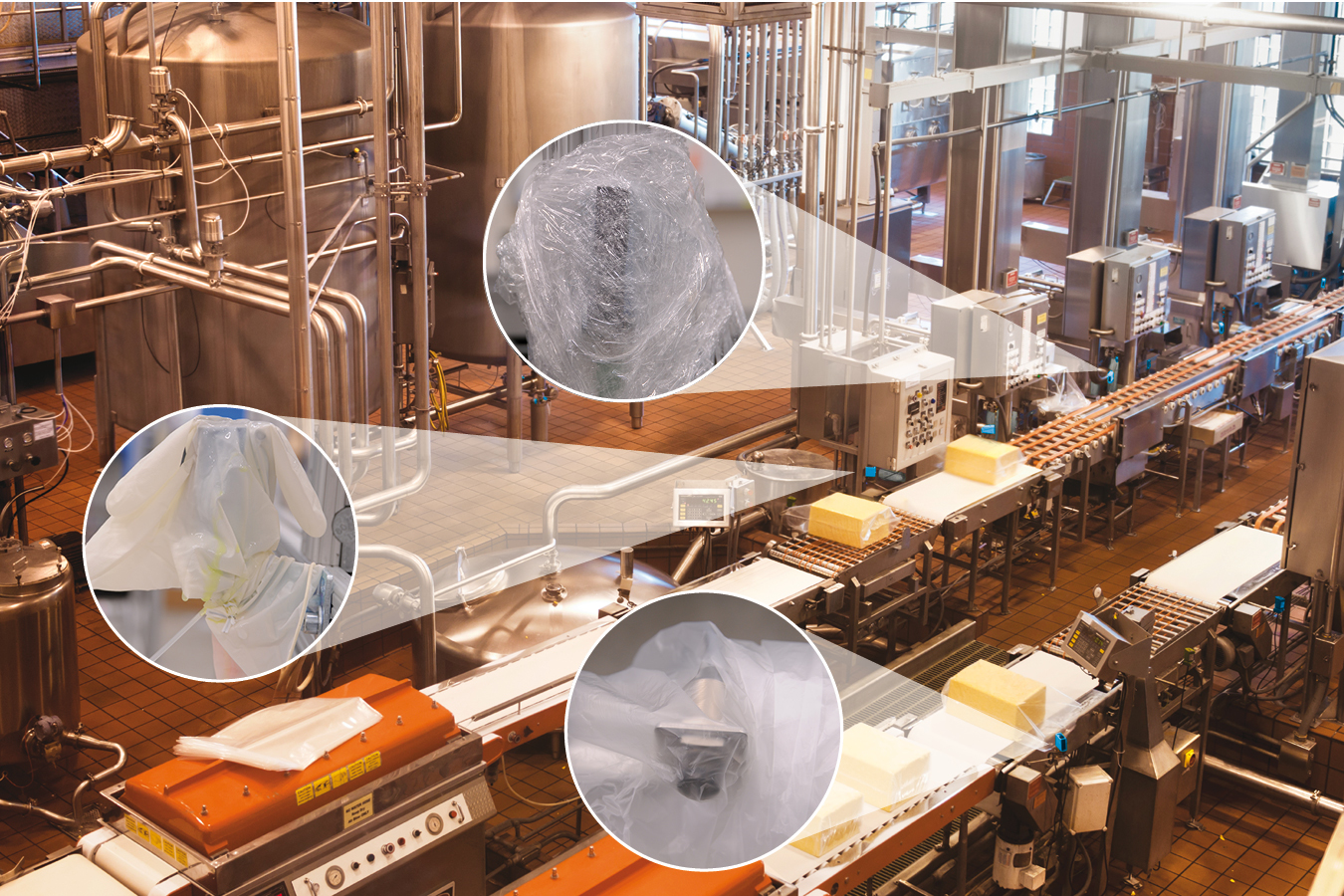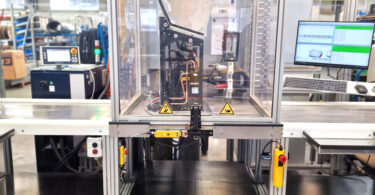Creating Effective Sanitary Processes
Preventing contamination and maintaining high cleaning standards whenever food or beverages are involved is key for food processing plants. Due to new technologies and evolving production processes in the U.S., the Food and Drug Adminstration (FDA) has continued to adjust its policies and guidelines to meet marketplace changes and consumer quality demands.
Recently, the FDA released the Food Safety Modernization Act (FSMA). Described on the FDA website as the “most sweeping reform of our food and safety laws in more than 70 years…,” this act, which was enacted in 2011, is designed to prevent foodborne illnesses that result from contamination in the food supply.
For the food and beverage industry, costly plant shutdowns may result when plants fail to comply with these new legal mandates and inspections.
Is “Bagging It” Better?
In food production facilities, washdown cleaning is designed to kill bacteria by using stringent chemicals. Those same chemicals and cleaning processes can damage unprotected equipment, such as sensors, causing them to fail. While food and beverage plants must comply with the new FDA regulations, they must also be cognizant of the how these cleaning processes impact their entire operations — down to the sensors on the line.
In any food processing facility, sensors, safety equipment, bar code scanners and other automation solutions are designed to ensure efficiency and high throughput. Yet, when water or chemicals come in contact with these solutions, it can cause damage, which in turn leads to downtime and costly component replacement.
So, how do you ensure food safety measures are followed without damaging sensing equipment?
An unfortunate, but common solution in many facilities is “bagging.” As the name implies, plastic bags are wrapped around any automation solutions during the cleaning process and then taken off once the cleaning process is completed.
It seems like a simple solution — until you add up the cost of the manual labor involved.
Manually putting plastic bags around automation products is an extremely time consuming process. The preparation involved can take several hours, which not only requires significant personnel time, but also increased downtime and ultimately a loss of revenue.
IP 69K Solutions — Designed to Withstand Washdown
Fortunately, there is a simpler, more efficient solution: IP 69K products.
What exactly does IP 69K stand for?
IP means “ingress protection.” It is an internationally recognized rating system that corresponds to proven protection against environmental factors such as liquids and solids. The IP is followed by two numbers, which correspond to the level of protection against solids like dust (first number) and liquid (second number).
This chart below shows the range of IP ratings. The higher the number, the greater the level of protection. 
SICK offers a broad portfolio of IP 69K-rated solutions. SICK solutions are either designed with a watertight stainless steel housing or pre-mounted within an IP 69K enclosure that can withstand temperatures up to 80°C.
From inductive and photoelectric sensors…to bar code scanners and safety light curtains, SICK offers a solution for nearly any application. This not only reduces preparation time, but also ensures resistance against high pressure cleaning agents.
For additional information about SICK IP 69K solutions, download the Photoelectric Sensors Catalog.







